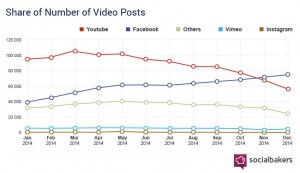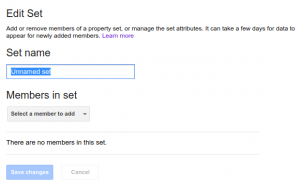Specific tactics can make a big difference in campaign performance.

The Mobile Marketing Association (MMA) is releasing a series of new “Smart Mobile Cross Marketing Effectiveness” studies and data that argue for larger mobile ad budgets. They also offer specific mobile best practices that can dramatically improve mobile ad performance.
Billed as “the first comprehensive study of its kind,” the research asserts that “marketers who employ the winning combination of greater mobile allocation and best practices will find a significant competitive advantage.” The study analyzed the impact of various mobile formats and tactics in five multi-channel, cross-screen campaigns involving AT&T, Coca Cola’s Gold Peak tea brand, Wal-Mart and Mastercard.
In every case, the report says, mobile outperformed other channels (vs. its percentage of spend) or was a major contributor to consumer purchase intent. Below is the MMA’s top-level summary of the results, which are being presented today at the association’s MMA Forum event in New York:
- For AT&T, [mobile] delivered twice the awareness per dollar spend compared to TV and digital
- For MasterCard, mobile was the second strongest driver of image after TV
- For Walmart Back to School, mobile impacted more consumers per dollar spent than both Broadcast and Cable TV. Mobile drove 14 percent of change in overall shopping intent despite only 7 percent of the spend. It also drove verified foot traffic, with location ads producing a significant lift vs. control
- For [Coke’s] Gold Peak, mobile delivered results across the board driving 25 percent of top of mind awareness, 9 percent of image conversions and 6 percent of sales with 5 percent of budget
The MMA contends that mobile is being significantly undervalued by marketers (it is) and should command a greater percentage of budget (it should). One would expect the MMA to say something like this; however the report uses specific case study findings to argue that “reallocating to mobile would drive incremental impact for each campaign, making their existing budget work harder.”
Perhaps more significantly, adopting the tactical best practices identified in the report could produce a 100 percent to 160 percent boost in mobile ROI according to the MMA. Below are the some of the verbatim findings and best-practice recommendations for each format tested:
Mobile display: Mobile display advertising can work well for continuity and recency strategies . . . In cases where it is difficult to predict exactly when the sale will occur for a given consumer exposed to the advertisement, a continuous stream of advertising maximizes impact on future sales. (The MMA also found that larger display units outperformed smaller units.)
Native: Mobile Native Advertising [ ] performs significantly better than mobile display. But in contrast to display, native ads build impact at lower frequency . . . because there is greater attentiveness to the content.
Video/audio: Audio on a mobile device, like traditional audio, does fine with repetition . . .Video builds impact at lower frequency, and therefore frequency should be managed or creative rotation should be introduced to optimize ROI.
Context/proximity (time, location): Walmart also used proximity targeting to deliver the message when a consumer was “in range” of Walmart. This approach proved to be 1.5x more impactful than audience targeting, and far more effective than when no location targeting was used . . .
Location audience targeted ads with expandable ad units (displaying more information, including distance from nearest store and map) produced significant lift over the unexposed group . . . the strongest impact came from the combination of expandable ad unit and proximity targeting…
A/B testing: Split testing can improve the performance of a campaign by identifying winning creative and messages that work better for certain segments. Results will of course vary, but based on our tests we observed an upside of 40 percent – 60 percent.
It goes without saying that mobile marketing now is an essential part of any multi-channel campaign — though not all marketers act accordingly. It can equally used for branding and driving sales online or in stores.
There are an emerging set of best practices around targeting, frequency and ad creative some of which are discussed in the report. Brands and direct response advertisers should pay attention to these recommendations to improve the performance, not only of their mobile campaigns but of their digital marketing overall.
Unfortunately the full report is not available to the public.
(Some images used under license from Shutterstock.com.)
Marketing Land – Internet Marketing News, Strategies & Tips
(292)









